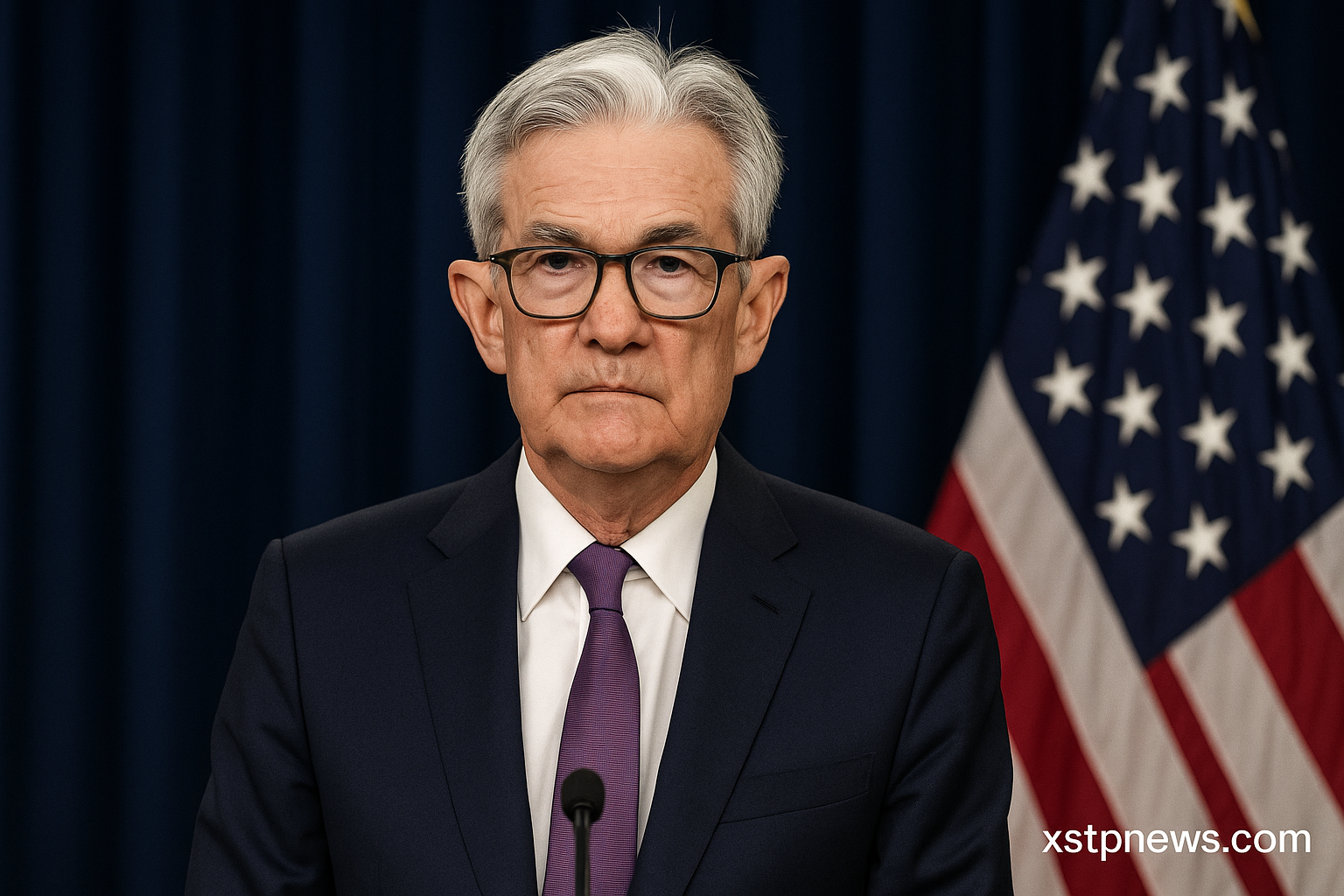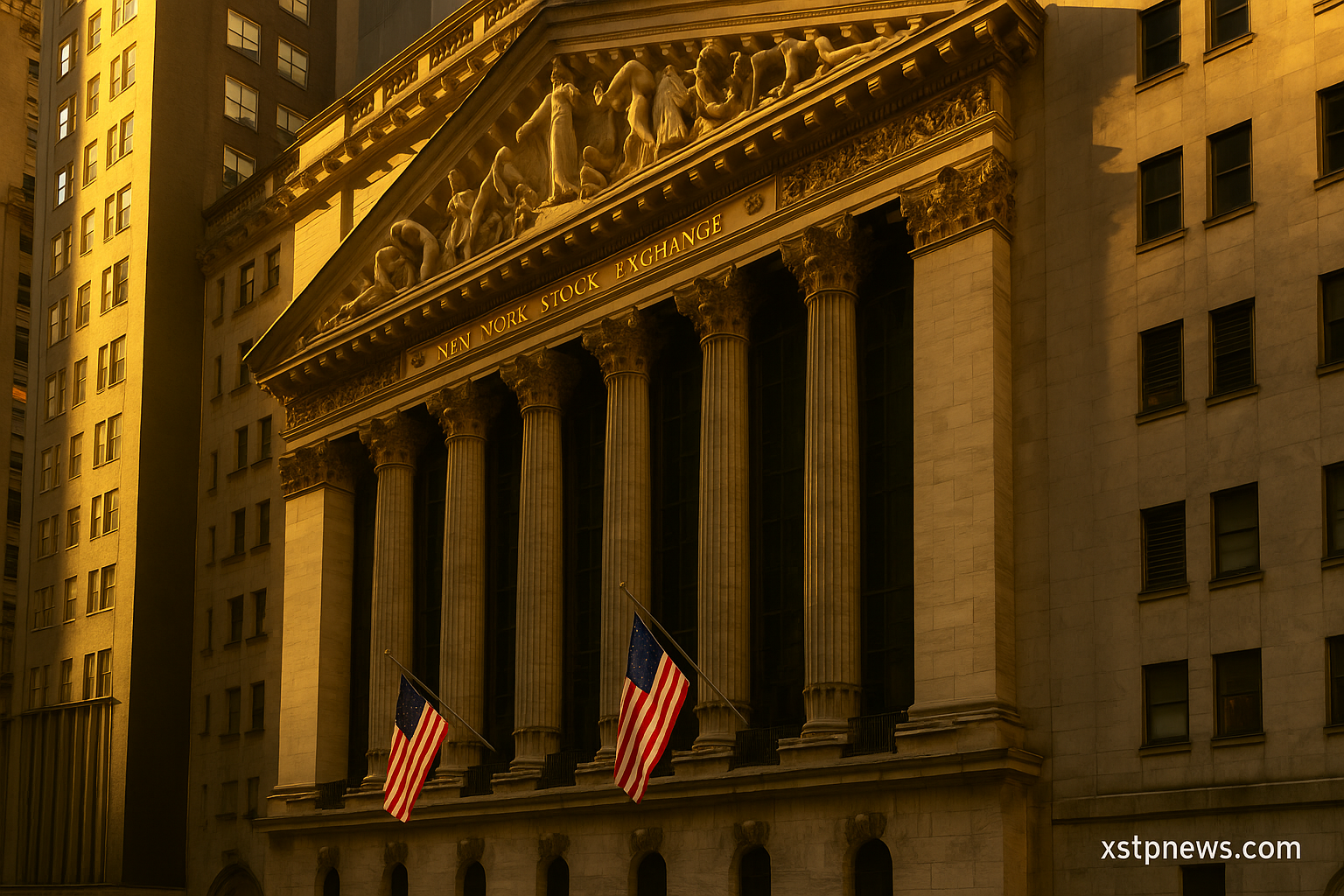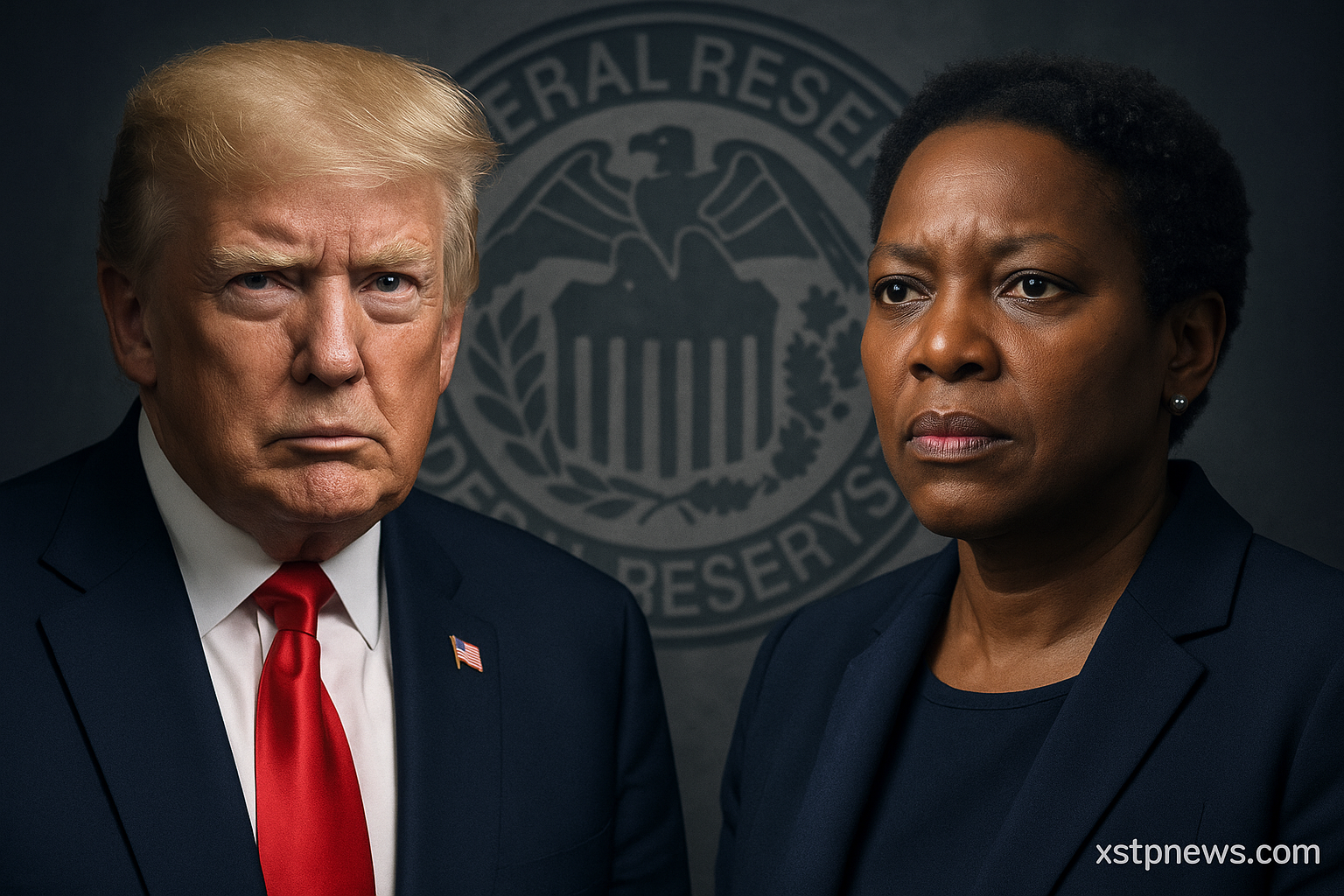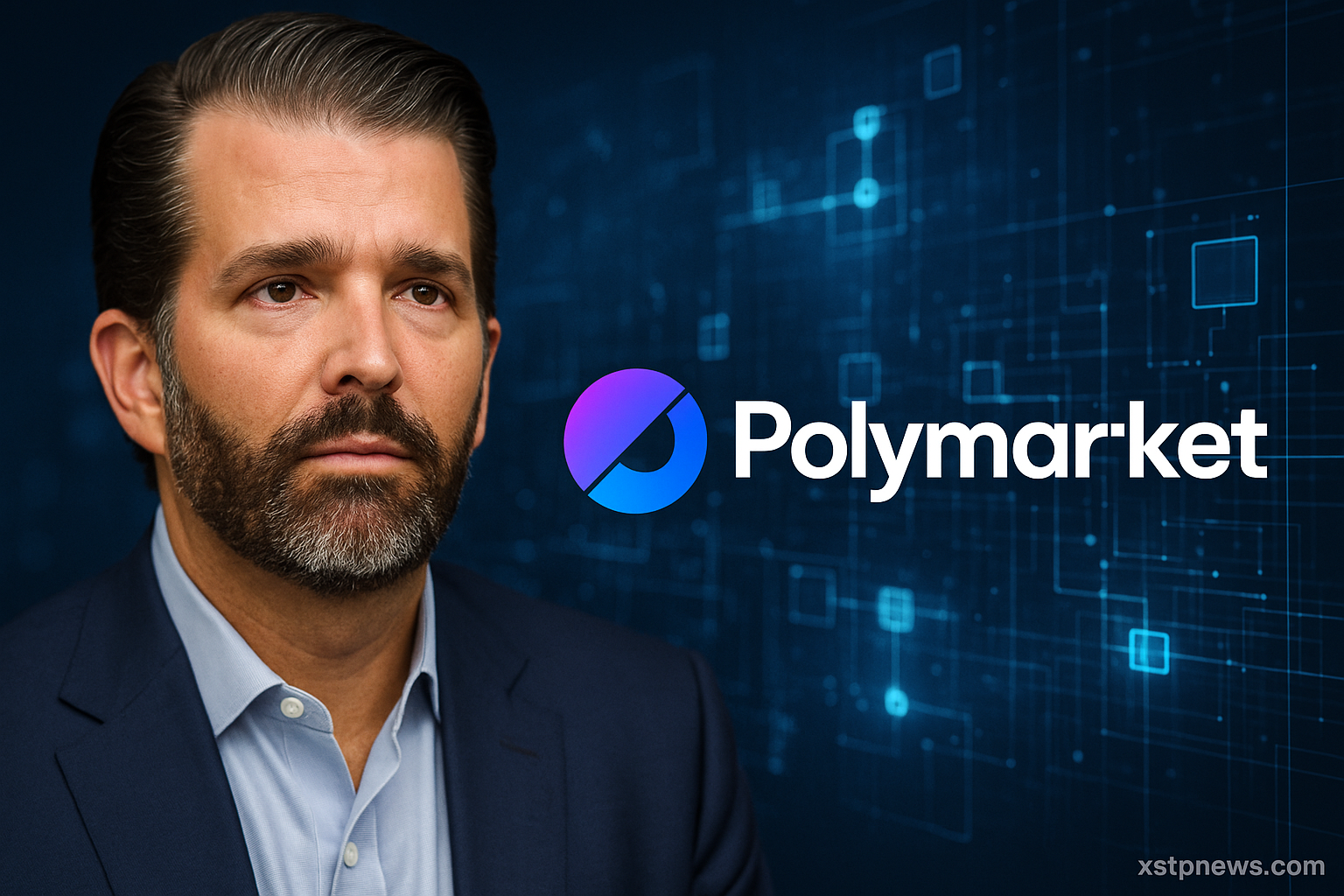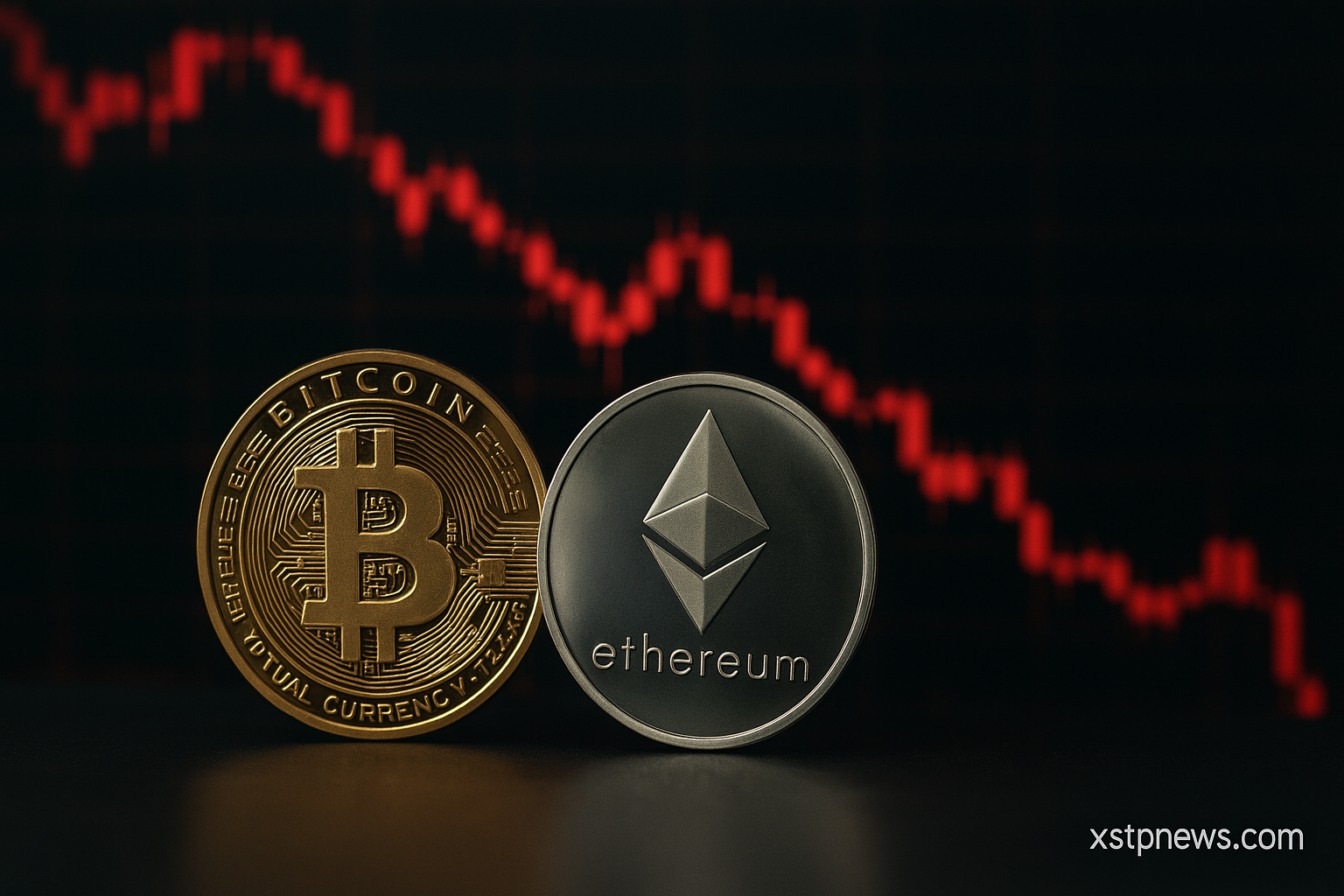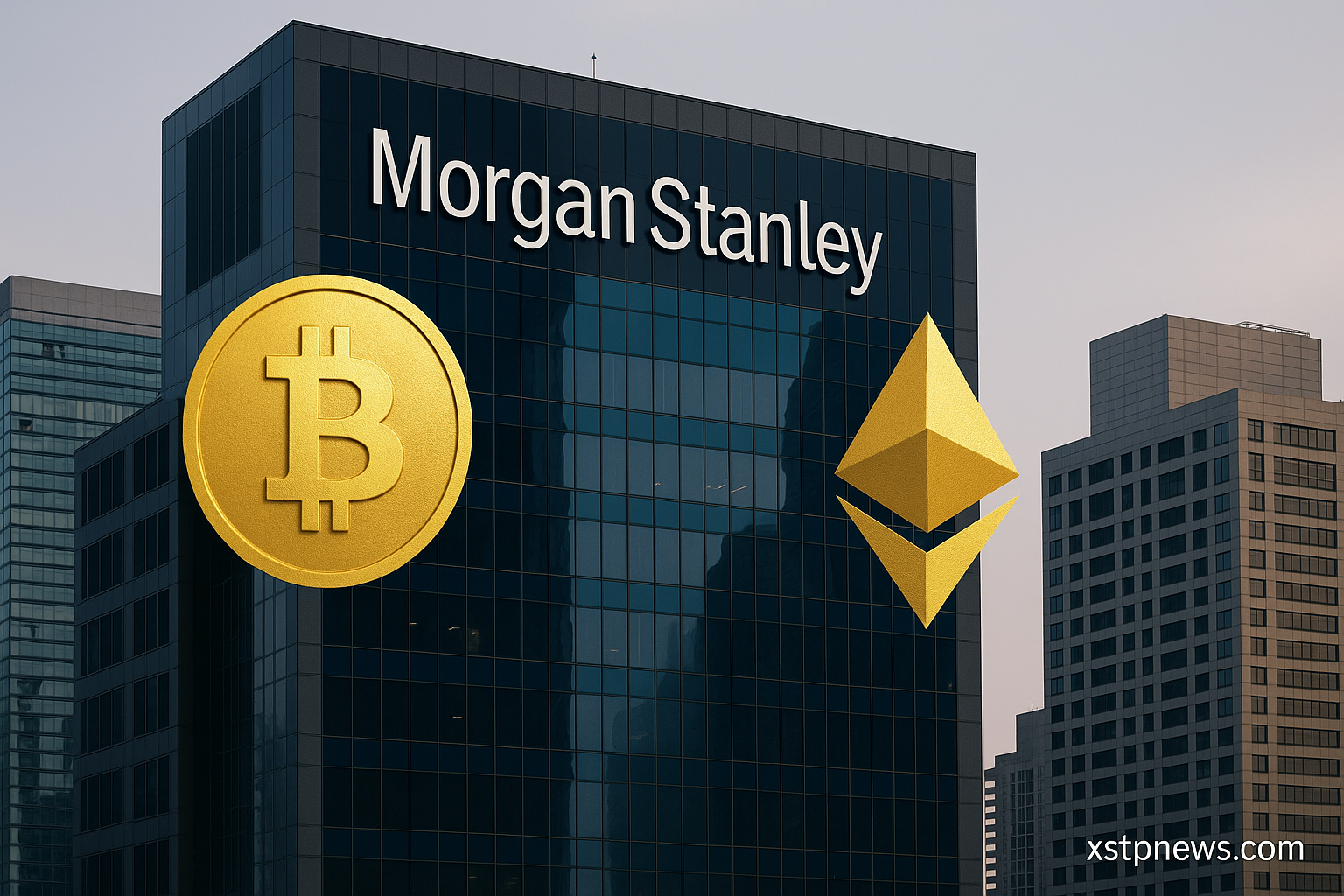Federal Reserve Chair Jerome Powell will deliver a key address on August 22 at the Kansas City Fed’s annual Jackson Hole Economic Symposium, where he is expected to discuss the central bank’s policy framework the set of principles and tools guiding U.S. monetary policy.
What Is the Fed’s Policy Framework?
The policy framework refers to how the Federal Reserve approaches its dual mandate: maximum employment and price stability. It encompasses:
- Inflation Target: The Fed aims for a long-term inflation rate of 2%.
- Employment Goals: Striving for conditions that sustain low unemployment without overheating the economy.
- Decision Tools: Adjustments in the federal funds rate, asset purchases, and forward guidance to influence economic activity and inflation expectations.
- Strategy Reviews: Periodic evaluations to adapt to structural changes in the economy, such as shifts in labor markets, productivity, or global trade.
This framework shapes how the Fed reacts to new data and balances short-term economic pressures with long-term stability.
A Critical Moment for Policy Signals
Powell’s speech comes as markets debate whether the Fed will cut interest rates in September. Current expectations center on a 25 basis-point cut, tempered by July’s hotter-than-expected Producer Price Index (PPI) data, which showed a 0.9% monthly surge. That reading has reduced the likelihood of a larger, 50 basis-point move.
Market Sensitivity to Jackson Hole
The Jackson Hole event has historically been a platform for the Fed to announce or signal major policy shifts. This year, investors will be listening for:
- Clues on the timing and scale of possible rate cuts.
- How the Fed will interpret mixed signals from inflation and labor market data.
- Any adjustments to the framework to address persistent inflation risks.
Why It Matters
A clearer outline of the Fed’s policy framework could influence expectations across global markets, from U.S. Treasury yields to foreign exchange rates and equity valuations. For Powell, the challenge is to balance transparency with flexibility, keeping the Fed’s options open ahead of its September meeting.
Source: Reuters, MarketWatch, Kiplinger
